
When it comes to high-visibility clothing, color and brightness aren’t enough—you also need compliance.
But with multiple standards in play—ANSI/ISEA 107 (North America) and EN ISO 20471 (Europe)—many buyers get confused.
What do the classes mean? Can one garment meet both? What if you’re buying for export?
Let’s decode both standards and help you choose the right certified gear—for the right job, and the right geography.
Why Standards Matter in Hi-Vis Clothing
High-visibility PPE is only effective if it:
- Meets minimum surface area of fluorescent and reflective material
- Uses certified color + tape brightness
- Has visible placement zones (360° visibility, torso + limbs)
- Follows design rules like placement, fit, and durability
- Passes performance testing under defined lab conditions
⚠️ A hi-vis vest from the market without a certified label might look safe but fail at night or in fog.
✅ Standards ensure your garments work in real-world danger—not just look good in photos.
What Is ANSI/ISEA 107?
🇺🇸 ANSI/ISEA 107
Standard used in the United States and Canada for high-visibility apparel.
Originally issued by the American National Standards Institute (ANSI) and managed by ISEA.
Key elements:
- 3 Performance Classes (Class 1, 2, 3)
- Type O, R, and P (based on work environment)
- Requirements for background fabric area + reflective tape area
- Focus on day/night visibility + mobility
ANSI Classes at a Glance
| Class | Best For | Min Reflective Area | Example Use |
|---|---|---|---|
| 1 | Low-speed, low-risk | 155 in² (1,000 cm²) | Warehouse, delivery |
| 2 | Roadside, moderate risk | 201 in² (1,300 cm²) | Roadwork, utilities |
| 3 | High-speed, high-risk zones | 310 in² (2,000 cm²) | Highway, emergency, rail |
✅ Class 3 must have sleeves + full torso reflectivity.
What Is EN ISO 20471?
🇪🇺 EN ISO 20471
Applies across Europe and most global export markets.
Managed by ISO and CEN, it harmonizes high-visibility standards in line with the European PPE Regulation (EU) 2016/425.
Key elements:
- Defines three classes (1–3) based on visible surface area
- Specific brightness levels (cd/lux/m²) for fluorescent + retroreflective materials
- Strict design, placement, labeling, and wash durability rules
- Allows colors: yellow, orange-red, red
EN ISO 20471 Classes at a Glance
| Class | Min Background Material | Min Reflective Material | Use Case |
|---|---|---|---|
| 1 | 0.14 m² | 0.10 m² | Minimal exposure zones |
| 2 | 0.50 m² | 0.13 m² | Traffic, construction |
| 3 | 0.80 m² | 0.20 m² | Road, rail, emergency zones |
✅ Class 3 = full-body visibility from all angles.
ANSI vs EN ISO: Key Differences
| Feature | ANSI/ISEA 107 | EN ISO 20471 |
|---|---|---|
| Used In | USA, Canada | Europe, Middle East, Asia |
| Classes | Class 1, 2, 3 + Type O/R/P | Class 1, 2, 3 (no "type") |
| Colors Accepted | Yellow-green, orange-red | Yellow, orange-red, red |
| Garment Labeling | ANSI + Year + Class/Type | EN 20471 + pictogram |
| Re-certification needed? | No (voluntary audit) | Yes (under EU PPE law) |
| Reflective Testing | Initial + after wash | After 5/25 washes, brightness limits |
✅ If you’re selling to both markets, you may need garments with dual labeling (ANSI + EN certified).
Label Reading: What to Look For
A compliant hi-vis garment should have a clear internal label that shows:
- Certification logo (ANSI 107 or EN ISO 20471)
- Class level (1/2/3)
- Color code
- Manufacturer and batch
- Washing instructions
- Minimum performance lifespan (e.g. 25 washes)
⚠️ No label = no compliance = potential audit failure or safety violation.
Export Tip: Match Your Market
| Destination Country | Required Standard |
|---|---|
| USA / Canada | ANSI/ISEA 107 |
| EU / UK / ME | EN ISO 20471 |
| Africa / SEA / Asia | Either, depending on client |
| Rail (UK / EU) | EN 20471 + RIS-3279 (orange only) |
✅ Always check the project spec sheet or tender document—some even require dual certification.
What to Ask Before Buying Hi-Vis Workwear
- Is this garment certified or just “compliant-looking”?
- Do you have the certificate or lab test report?
- What’s the wash durability of the reflective material?
- Does it meet both ANSI and EN standards for international projects?
- Can I get Class 2 for vests, Class 3 for jackets in the same range?
At workwearsolutions, we supply high-visibility PPE with full certification, dual-standard options, and compliance-ready documentation.
Conclusion
Hi-vis clothing is one of the most regulated forms of workwear—and for good reason.
When choosing gear:
- Match to job site risk level (Class 1, 2, or 3)
- Match to region or project (ANSI or EN)
- Check the label and certificate, not just the look
- Know when dual compliance is required
Need help interpreting a project spec, or sourcing fully certified hi-vis gear for North America, Europe, or export markets? I’ll help you get it right—from compliance to comfort.
📩 Contact: [email protected]
🌐 Visit: www.workwearsolutions.net
Zion Zhang
Recent Posts
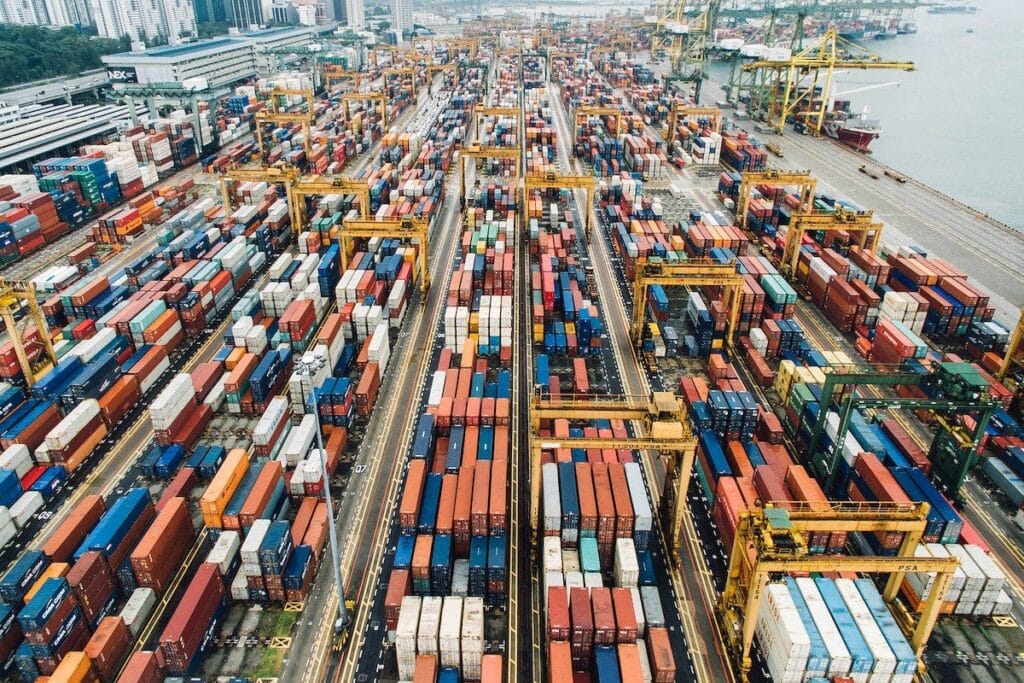 The Peruvian Entrepreneur Who Turned PPE Into a Family Business2025年10月31日Starting Point: A Small Shop Run by a Couple In the […]
The Peruvian Entrepreneur Who Turned PPE Into a Family Business2025年10月31日Starting Point: A Small Shop Run by a Couple In the […]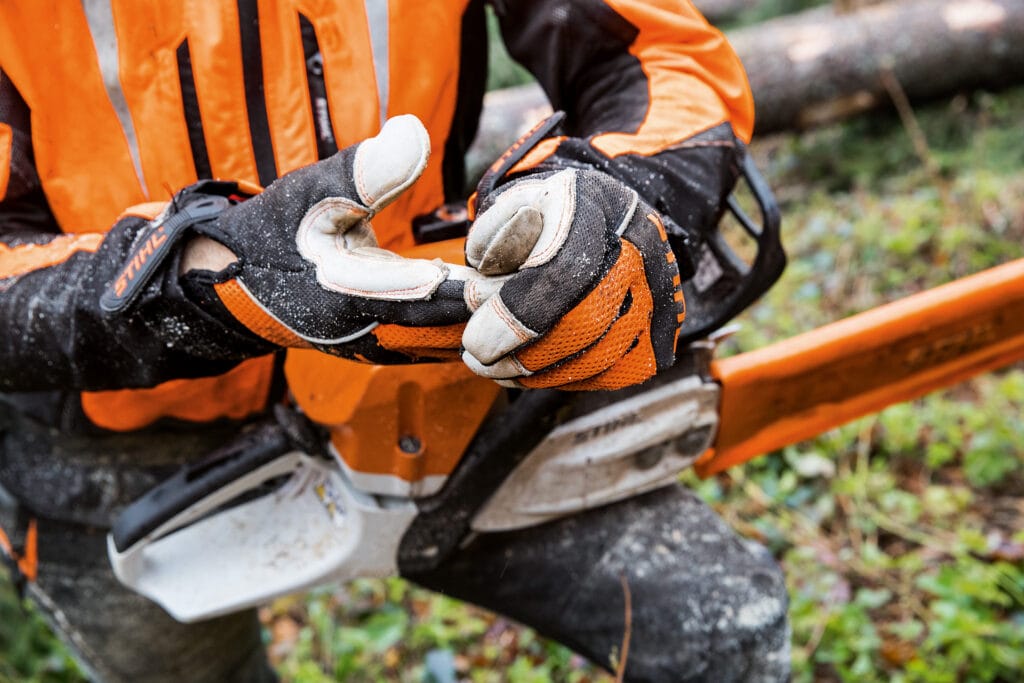 How a Kazakhstani Trader Won a Government Contract for Mining Workwear2025年10月30日In Kazakhstan’s booming mining industry, one small trader […]
How a Kazakhstani Trader Won a Government Contract for Mining Workwear2025年10月30日In Kazakhstan’s booming mining industry, one small trader […]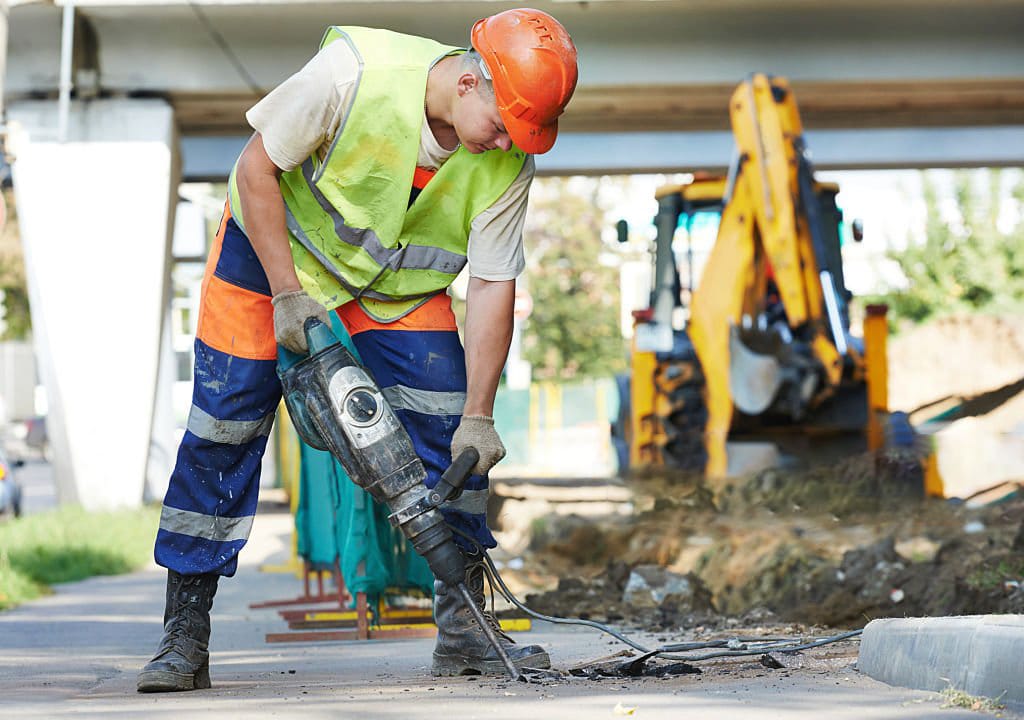 A South African Retailer’s Journey from Importing Shoes to Supplying Full PPE Kits2025年10月30日In South Africa’s rapidly growing industrial supply market, […]
A South African Retailer’s Journey from Importing Shoes to Supplying Full PPE Kits2025年10月30日In South Africa’s rapidly growing industrial supply market, […] How a Jordanian Contractor Built His Own Workwear Brand for Construction Projects2025年10月30日Introduction In the competitive world of construction, […]
How a Jordanian Contractor Built His Own Workwear Brand for Construction Projects2025年10月30日Introduction In the competitive world of construction, […]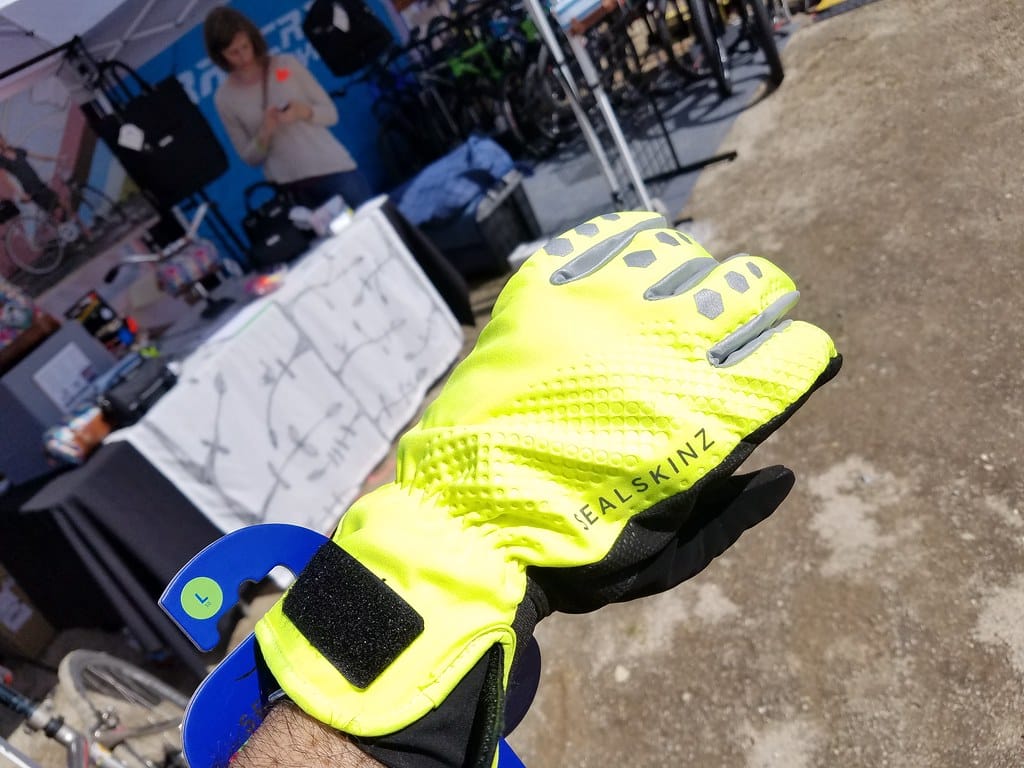 The Nigerian Agent Who Lost $50,000 on Fake Certificates — Then Came Back Stronger2025年10月20日Introduction In the global trade of PPE and industrial […]
The Nigerian Agent Who Lost $50,000 on Fake Certificates — Then Came Back Stronger2025年10月20日Introduction In the global trade of PPE and industrial […]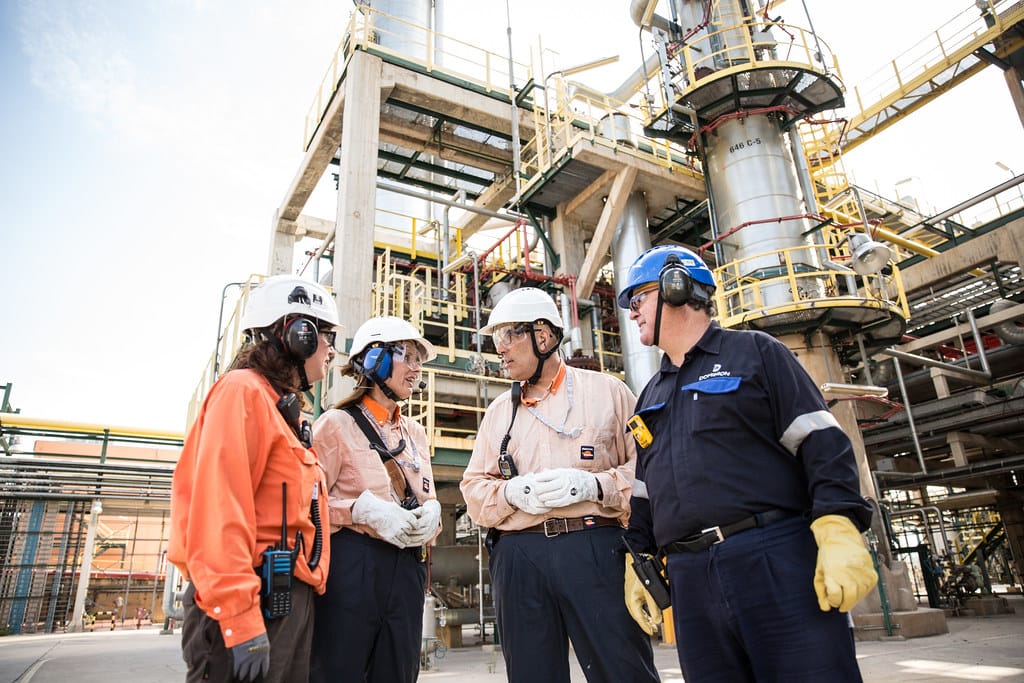 How a Brazilian Trader Used $5,000 to Break into the PPE Market2025年10月20日Introduction In a world where industrial safety and […]
How a Brazilian Trader Used $5,000 to Break into the PPE Market2025年10月20日Introduction In a world where industrial safety and […]
CONTACT US
- Feel free to contact us any time. We will get back to you as soon as we can!
- +86-17330061805
